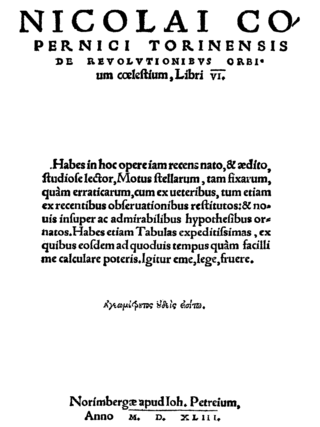| |||||
| Decades: | |||||
|---|---|---|---|---|---|
| See also: | Other events of 1543 History of France • Timeline • Years | ||||
Events from the year 1543 in France .
| |||||
| Decades: | |||||
|---|---|---|---|---|---|
| See also: | Other events of 1543 History of France • Timeline • Years | ||||
Events from the year 1543 in France .
| | This section needs expansion. You can help by adding to it. (October 2015) |


Year 1543 (MDXLIII) was a common year starting on Monday of the Julian calendar. It is one of the years sometimes referred to as an "Annus mirabilis" because of its significant publications in science, considered the start of the Scientific Revolution.

1588 (MDLXXXVIII) was a leap year starting on Friday of the Gregorian calendar and a leap year starting on Monday of the Julian calendar, the 1588th year of the Common Era (CE) and Anno Domini (AD) designations, the 588th year of the 2nd millennium, the 88th year of the 16th century, and the 9th year of the 1580s decade. As of the start of 1588, the Gregorian calendar was 10 days ahead of the Julian calendar, which remained in localized use until 1923.

1592 (MDXCII) was a leap year starting on Wednesday of the Gregorian calendar and a leap year starting on Saturday of the Julian calendar, the 1592nd year of the Common Era (CE) and Anno Domini (AD) designations, the 592nd year of the 2nd millennium, the 92nd year of the 16th century, and the 3rd year of the 1590s decade. As of the start of 1592, the Gregorian calendar was 10 days ahead of the Julian calendar, which remained in localized use until 1923.
Year 1478 (MCDLXXVIII) was a common year starting on Thursday of the Julian calendar.

Year 1558 (MDLVIII) was a common year starting on Saturday of the Julian calendar.

Eleanor of Austria, also called Eleanor of Castile, was born an Archduchess of Austria and Infanta of Castile from the House of Habsburg, and subsequently became Queen consort of Portugal (1518–1521) and of France (1530–1547). She also held the Duchy of Touraine (1547–1558) in dower. She is called "Leonor" in Spanish and Portuguese and "Éléonore" or "Aliénor" in French.

Thomas Manners, 1st Earl of Rutland, 12th Baron de Ros of Helmsley, KG, of Belvoir Castle in Leicestershire, was created Earl of Rutland by King Henry VIII in 1525.

The Duchy of Saxe-Lauenburg, was a reichsfrei duchy that existed from 1296 to 1803 and again from 1814 to 1876 in the extreme southeast region of what is now Schleswig-Holstein. Its territorial center was in the modern district of Herzogtum Lauenburg and originally its eponymous capital was Lauenburg upon Elbe, though the capital moved to Ratzeburg in 1619.

Charles of Orléans was the Count of Angoulême from 1467 until his death. He succeeded his father, John, and was initially under the regency of his mother, Margaret of Rohan, assisted by Jean I de La Rochefoucauld, one of his vassals.

The siege of Nice occurred in 1543 and was part of the Italian War of 1542–46 in which Francis I and Suleiman the Magnificent collaborated as part of the Franco-Ottoman alliance against the Holy Roman Emperor Charles V, and Henry VIII of England. At that time, Nice was under the control of Charles III, Duke of Savoy, an ally of Charles V. This is part of the 1543–1544 Mediterranean campaign of Barbarossa.

Louise de Bourbon was the Duchess of Montpensier, suo jure from February 1538 to 1561. She was the great great great grandmother of La Grande Mademoiselle.
René II, Viscount of Rohan (1550–1586), was Prince of Leon, Count of Porhoët, seigneur of Pontivy and Frontenay, and a Huguenot nobleman. He was head of one of the oldest and most distinguished families in France, which was connected with many of the reigning houses of Europe.
Events from the year 1519 in France
Events from the year 1544 in France.
Events from the year 1527 in France
Events from the year 1546 in France.
Events from the year 1628 in France
Events from the year 1814 in Germany.
Events from the year 1807 in Germany saw a major battle in Danzig and the loss of a third of Prussian land to Napoleon to form the Duchy of Warsaw.
Events from the year 1806 in Germany.